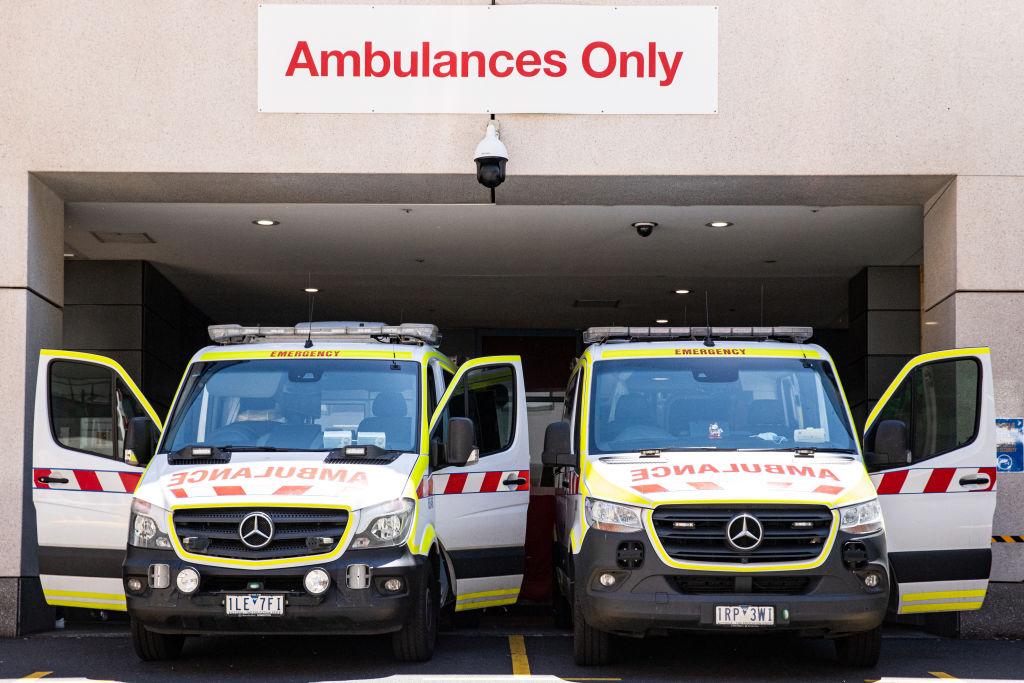The Victorian government is injecting an “immediate” $115.6 million (US$85 million) into the state’s Emergency Services Telecommunications Authority (ESTA) and will restructure the organisation as it struggles to handle emergency call volumes.
Emergency Services Minister Jaclyn Symes said the inspector-general for emergency management was investigating reports that 12 people had died while waiting for the service to take their call.





